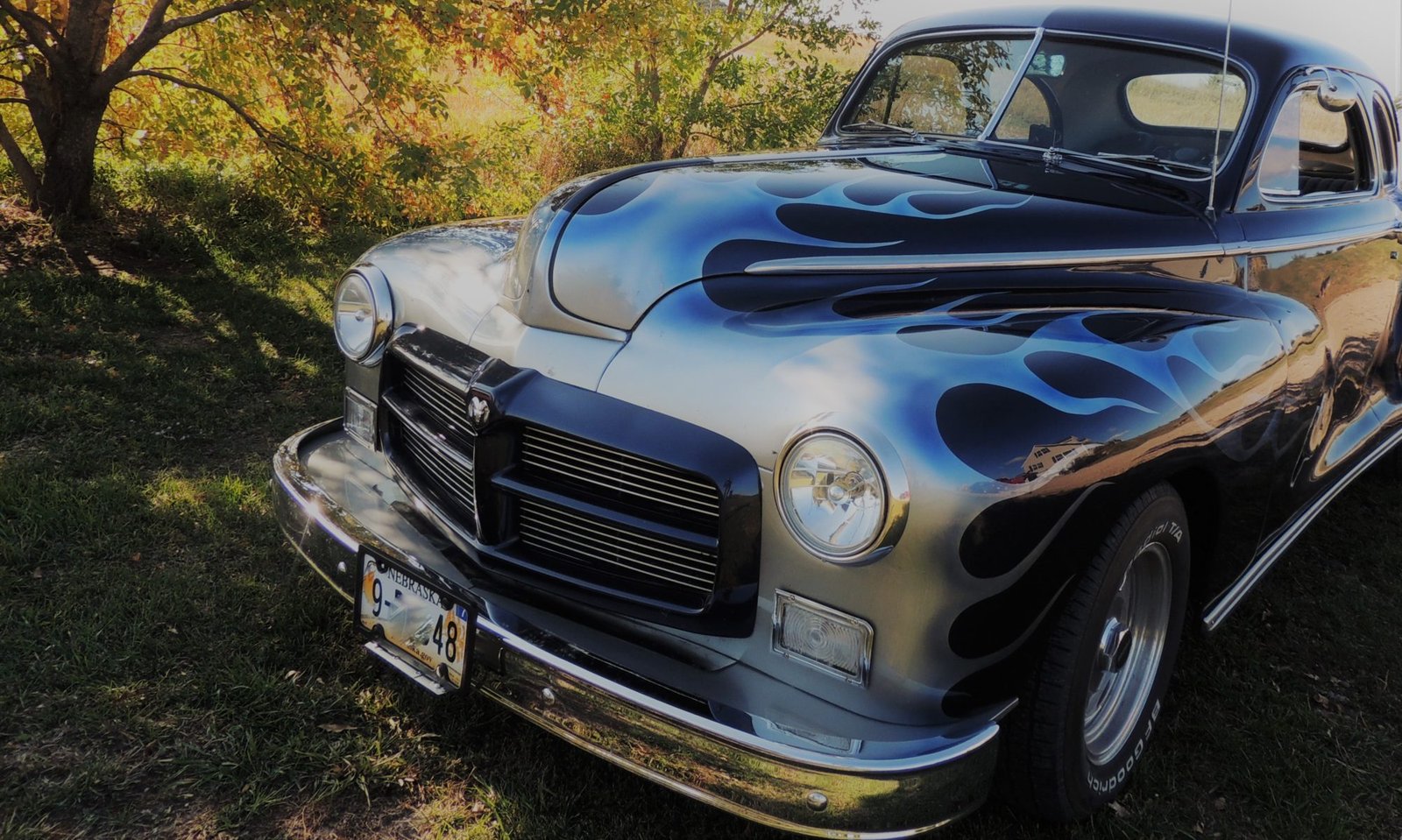
This intriguing headline appeared in the December 22, 1914, issue of the Pomona Daily Review. The “Tropico Speed Contest” was an amateur road race held on Christmas morning in Tropico, California, and it took place on a two-mile course with many sharp turns, including a hairpin turn at “San Fernando Road and the Pacific Electric Tracks.” In the days leading up to the affair, the drivers hyped it by promising a thrilling performance and declaring that they were “out for blood.”
The main event was a free-for-all with a $100 purse, and a drawing was held to determine numbers and places. The distance was 20 laps, or 40 miles, and this list of cars and drivers was printed in the Los Angeles Evening Express, albeit with a number of typos.

There was also a 30-mile motorcycle race, and a 20-mile race for lightweight cycle cars. The entrants for the cycle car race were as follows:

This photo of Les Rawson, driver of the #17 Christie, being supervised by one Lucille King was also published, but with no explanation as to the identity of Miss King.

There were two additional exhibition races that were referred to as “freak” races. The first of these was a race between two rival jitney bus drivers to settle the question of superiority once and for all. The following comic strip by Gale at the L. A. Times, titled “Mr. T. Wad Certainly Opened Up His Jitney Bus at Tropico!” was published the day before the race.



The other was a race for automobiles considered “antediluvian,” or ancient. One entrant in that race, 73-year-old Tom Morris, declared that he would be taking the turns “wide open.” The Los Angeles Times noted that “wide open” meant fifteen miles per hour provided the racer showed an unexpected burst of speed. Here is a photo of Morris with his automobile, a 1901 Peerless.

Women were not allowed to drive in the race, but some women did enter their cars with a “brother, sweetheart, or friend” driving. Those women were Adele Martin, Helen Holmes, and Jeanne Warden, and it was reported that both Martin and Warden were personally tuning and stripping their cars as well as plotting strategy for the course. One article referred to Holmes as an actress, and there was an actress by that name born in 1893 according to IMDB.
The winner of the cycle car race was H. Lindley in a Mercedes, but the winner of the main event was a druggist named Waldo Throop. Throop had been a sprinter at USC and was among the fastest in the country in 1910, running the 100 in 9.8 seconds. At Tropico, he won the purse and bragging rights in a Ford with a time of 50:15 4-5. R. Dorney drove a Studebaker to second place 40 seconds later, and third place went to G. Pulliam in Helen Holme’s Studebaker, just 21 seconds behind Dorney. There was some controversy as that third-place finish was protested by A. Austria who claimed his Knox was leading Pulliam’s Studebaker at the checkered flag. Also, the driver in the headline at the top of this story, Earl Pitts, claimed he passed 22 of the 24 machines and should have placed.
Waldo Throop is pictured below, the man on the right, and then again in his winning Ford:


This photo is of Helen Holmes in the third-place Studebaker:

There was one crash involving a Buick, but no serious injuries, so the race was a success all the way around. The second annual Tropico race was held on Thanksgiving Day the following year, but a third was not to be. There was no report of why the race was discontinued, but there was a war going on, and then Tropico ceased to exist a few years later when it consolidated with Glendale in 1918. Whatever the reason, it was likely a great disappointment to the thousands of spectators that spent that Christmas Day in 1914 taking in the excitement of the speed, rivalries, and hairpin turns at the Tropico races.
Merry Christmas!

Sources:
“Bill Throop Had Merely a Rebuilt Ford but Ran Like Sin and a Victory Scored.” Ventura Weekly Post and Democrat, 1 January 1915, p. 1.
“Nineteen-Year-Old Boy Does ‘100’ in 8 4-5 Seconds.” Passaic Daily News, 5 October 1910, p. 4.
“Old Car Enters Tropico Race.” Los Angeles Times, 22 December 1914, p. 25.
“Pomona Driver Says Tropico Auto Race Was Unjustly Judged.” 26 December 1914, p. 1.
“Pomona Driver Will Enter Christmas Race.” Pomona Daily Review, 22 December 1914, p. 9.
“Races Again at Tropico.” Pomona Daily Review, 9 November 1915, p. 2.
“Tropico Has Gone Speed Crazy.” Los Angeles Times, 24 December 1914, p. 24.
“Tropico is Busy for Speed Event.” Los Angeles Evening Express, 23 December 1914, p. 4.
“Tropico Ready for Auto Race Set for Tomorrow.” Los Angeles Evening Express, 24 December 1914, p. 3.
“Tropico Road Race Success.” Los Angeles Times, 26 December 1914, p. 6.
“Waldo Throop Wins Tropico Road Race.” San Francisco Examiner, 26 December 1914, p. 14.







